In this interview, we chat with Alex about her recent publication in PLOS ONE, life as an early career researcher, and the…
International Day of Women and Girls in Science 2021
 Photo by Jeon Sang-O on Pixabay
Photo by Jeon Sang-O on PixabayToday, 11 February, marks the International Day of Women and Girls in Science. To celebrate, we speak to some recent PLOS ONE authors about their research and their experiences as women in science. Our interviewees study very different aspects of agriculture and food security, but all their work contributes to the development of more efficient and sustainable food systems for the future.

Kirsten Ball (KB)- Postdoctoral Research Associate, Department of Environmental Science, University of Arizona, USA
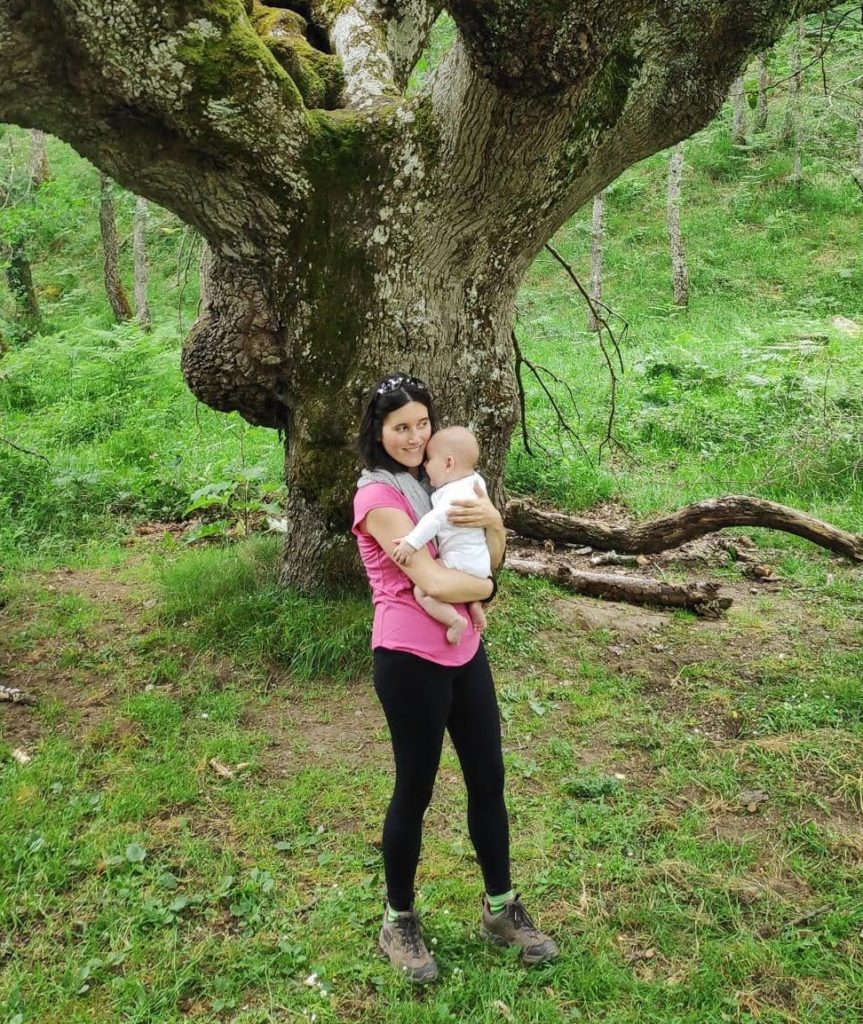
Amaia Albizua (AA)- Associate Professor, Department of Didactics & School Organization, University of the Basque Country, Spain
Author of “Social networks influence farming practices and agrarian sustainability”
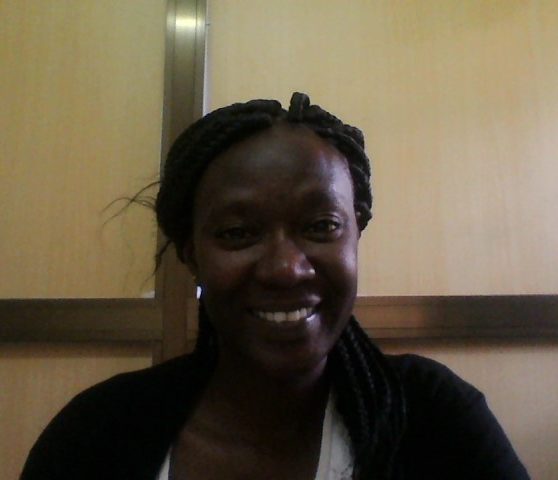
Matema Imakumbili (MI)- Independent Researcher, Tanzania
Author of “Plant tissue analysis as a tool for predicting fertiliser needs for low cyanogenic glucoside levels in cassava roots: An assessment of its possible use”
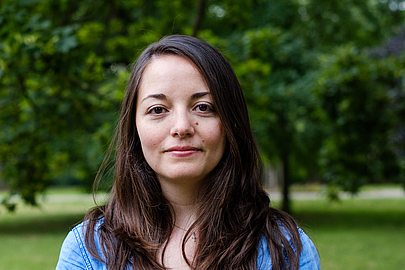
Paula Rendón (PR)- PhD Student & Research Assistant, Institute of Physical Geography & Landscape Ecology, University of Hannover, Germany
Author of “Assessment of the relationships between agroecosystem condition and the ecosystem service soil erosion regulation in Northern Germany”

Inderjot Chahal (IC)- Postdoctoral Fellow, School of Environmental Sciences, University of Guelph, Canada
Author of “Cover crop and crop residue removal effects on temporal dynamics of soil carbon and nitrogen in a temperate, humid climate”
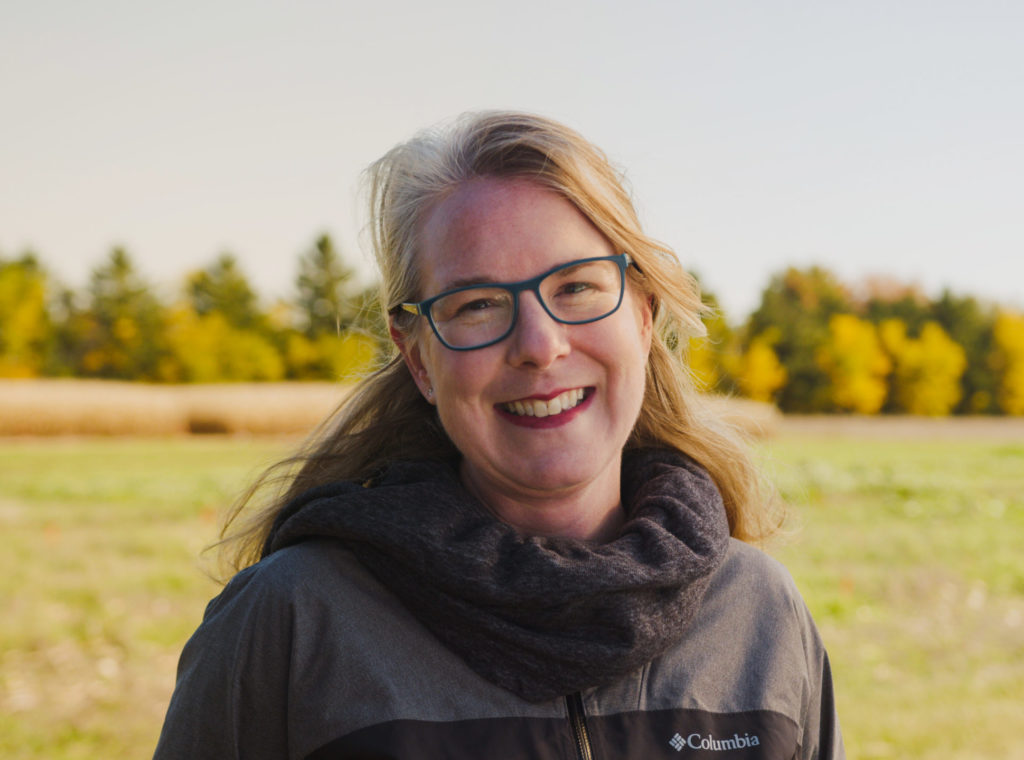
Laura Van Eerd (LVE)- Professor, School of Environmental Sciences, University of Guelph, Canada
Author of “Cover crop and crop residue removal effects on temporal dynamics of soil carbon and nitrogen in a temperate, humid climate”
Could you tell us a bit about your research interests and what attracted you to your field of study?
KB: My research is driven from a desire to understand the impacts of agricultural management on soil health, and to increase industry adoption of sustainable production practices. I very much take a plant-soil feedback approach to that goal; I think it is difficult to examine soil health and plant health without considering the interaction between the two.
AA: I am a multidisciplinary scientist studying terrestrial social-ecological systems mitigation and adaptation options to global change. I aim to answer complex sustainability questions such as land use planning accounting for optimizing ecosystem services and social wellbeing under human-driven and environmental crises. I have a special interest in the nexus between land use decision-making processes and the multi-scale connections of land and water governance and other socioeconomic factors.
MI: I have been particularly drawn to research focused on soil fertility and on how it influences crop quality. This is because I believe that soils greatly influence the nutritional quality of all produced food and hence our nutritional well-being. My research on cassava and my work experience on a nutrition project also got me interested in the food and nutrition security of subsistence farming communities in rural parts of Africa.
PR: I am interested in sustainability, resilience and human-nature relationships. Since a very young age, I started to show an interest in environmental issues. But it was later during my studies that I became more aware of the importance of nature in humankind’s survival. I came across the concepts of “ecosystem services” and “ecosystem condition”, and I have been studying them since then.
IC: I study the impacts of sustainable soil management practices on enhancing soil health, soil biogeochemistry (C and N cycling), and crop productivity while minimizing nutrient losses to the environment from vegetable and grain cropping systems. I always had a passion for agriculture, specifically for soil health and fertility. Over the years, I had the pleasure to work and learn from experts in sustainable agriculture, which significantly contributed in strengthening my interest and developing expertise in this area.
What were the key findings of your recent PLOS ONE paper? Why are they interesting and important?
KB: My study used high-throughput, image-based phenotyping (HTP) to distinguish growth patterns, detect facilitation and interpret variations in nutrient uptake in a model mixed-pasture system in response to factorial low and high nitrogen (N) and phosphorus (P) application. HTP has not previously been used to examine pasture species in mixture; it was a useful tool to quantify growth trait variation between contrasting species and to this end is highly useful in understanding nutrient-yield relationships in mixed pasture cultivations.
AA: We found that most farmers were aware of their co-production of nature Contribution to People (NCP) through their land management decisions. We also found that farmers’ awareness about NCP co-production and their land management decisions were correlated with the structure of the social networks among the farming community. Rural network analysis can be useful for understanding the network configuration of rural farming communities to improve rural policy development since it permits understanding interactions between awareness, land management decisions, and knowledge/advice sharing at the landscape level. Considering that those modern farmers’ perceptions and their management practices are significant factors for the creation of the advice network structure, we should incentive structures that make farmers more aware of their contribution to climate regulation to take a more active role within their networks.
MI: In the article, which reports on a research project that I really enjoyed developing and writing up, we showed that cyanogenic glucoside production in cassava is influenced by plant nutritional status, similar to crop yields and well-known crop quality characteristics like fruit colour and taste. Amongst many other things, the study managed to highlight the important role of plant nutritional status (and soil fertility) in producing cassava that is safe to consume for the millions of people that depend on it for their staple food.
PR: We wanted to analyse the relationship between ecosystem condition and services in a regional case study. For this, we used the indicators proposed by the Mapping and Assessment of Ecosystems and their Services (MAES) group of the European Commission to assess the condition of agroecosystems, and compare them against the supply of the ecosystem service erosion control. We identified some correlations between the indicators but also some limitations in the framework, as some indicators cannot explain to what extent ecosystems can provide specific services. These results are interesting because they trigger further research to find better ways to integrate ecosystem condition and services. Additionally, they highlight the need to make temporal and spatially-explicit data available at national and regional scales, that provide more thorough information for policy and decision making.
IC: The key findings of our paper were (a) cover crop adoption in the medium-term (6-yrs) enhanced surface C and N storage in a horticultural cropping system, and (b) cover crop and crop residue retention had an integrative positive effect on increasing soil C and N fractions. This study advanced our understanding of the synergistic effect of cover crop and crop residue retention on the mechanism of soil C and N cycling and increasing soil health in the medium-term.
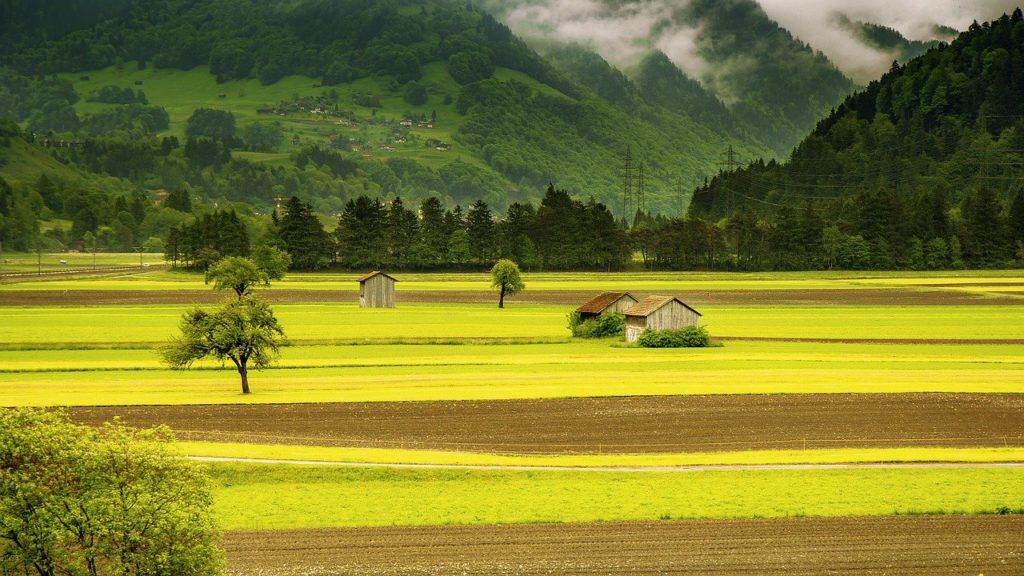
What are you working on now?
KB: I am currently working at the University of Arizona on an NRCS arid soil health program for cropping systems. I am prioritizing expanding understanding of what constitutes a ‘healthy’ arid soil, paying particular attention to the interaction of soil organic matter with soil carbonates. If we can describe a soil as healthy, what does that look like for arid systems? Further, if there is an achievable goal for soil health in arid systems, how do we quantify it? I currently have a variety of field trials in cropping systems including forage cropping and viticulture.
AA: I am currently Associate Professor at the University of the Basque Country, but the classes I am performing are quite far from my expertise. The way the system works to get a place at the university here demands you have good research background but also teaching experience and I am now getting such experience. At the same time, I’m collaborating with a colleague at the Autonomous University of Barcelona in a meta-analysis to understand the effectiveness of interventions to adapt to climate change in developing countries.
MI: I recently developed a tool that can be used to assess a subsistence farming community’s vulnerability to cassava cyanide intoxication. The tool is a decision support tool that will help highlight the risk of cassava cyanide intoxication in communities, and will also guide the selection of interventions. Since I had only conducted a pilot study, I am currently planning to have the tool validated using a larger study population.
PR: I am working on a similar study to the one we published in PLOS ONE, but this time at the European scale. We are looking at the condition of agroecosystems and erosion control and the variations of the indicators and their relationships in environmental zones with similar climatic and topographic characteristics.
IC: I am currently working on quantifying soil health and understanding the mechanisms regulating soil C and N dynamics in sustainable cropping systems. I am particularly interested in cover crops, crop rotation, tillage, crop diversification, and fertilizer N management. The major goal of my research is to provide valuable information for developing resilient cropping systems.
What has your experience as a woman in science been like?
KB: I had three female supervisors/mentors throughout graduate school; that representation helped me to build the confidence I needed to know I could succeed. As an early career researcher, a conventional avenue of elevating your position in academia is to align yourself (either in project or manuscript collaboration) with highly established and successful researchers: often white men. Unfortunately, this behavior reinforces and amplifies the underrepresentation of women and BIPOC folk, particularly women of color in STEM. I actively seek non-traditional avenues to create research partners, instead creating respectful, mutual, and equitable working relationships that enhance my knowledge and progression while elevating my peers; namely women of color and early career, female researchers.
AA: My experience has been pretty good but sometimes I have had the feeling of not being heard in the way a man would be. I am very aware of the fact that women tend to hold lower positions, have a less active and visible voice in scientific congresses and in the media and sometimes even charge less (perhaps because we demand less) for the same work. For this reason, I participate in networks that give women visibility into science as well as programs to empower and encourage girls to be scientific. The experience of working previously in Montreal, at McGill University, with a woman as a supervisor and a laboratory group in which most of us were women has been very stimulating and has given me a lot of confidence.
MI: I must say that it is difficult to say whether the challenges I have faced in science have been due to me being a woman or due to me being seen as a younger, less experienced researcher. But both women and younger researchers come up with great ideas and must be given credit, as well as support.
PR: So far, I have had a good experience in science. I found many inspiring women working in my field that have done great work and contributed considerably to science. I have not felt any rejection linked to my background or gender; on the contrary, I feel supported and encouraged by my supervisors and colleagues.
LVE: Fortunately, for 99.2% of the time my gender is inconsequential, as it should be. I could tell you about experiences that would make you wince and would surprise many male scientists. Many people like to think that things are better for the next generation of women in science and that is likely be true, but in my experience sexist, inappropriate comments or micro-aggressions still persist. What has improved, in my opinion, is that many people are better at calling out these behaviours.
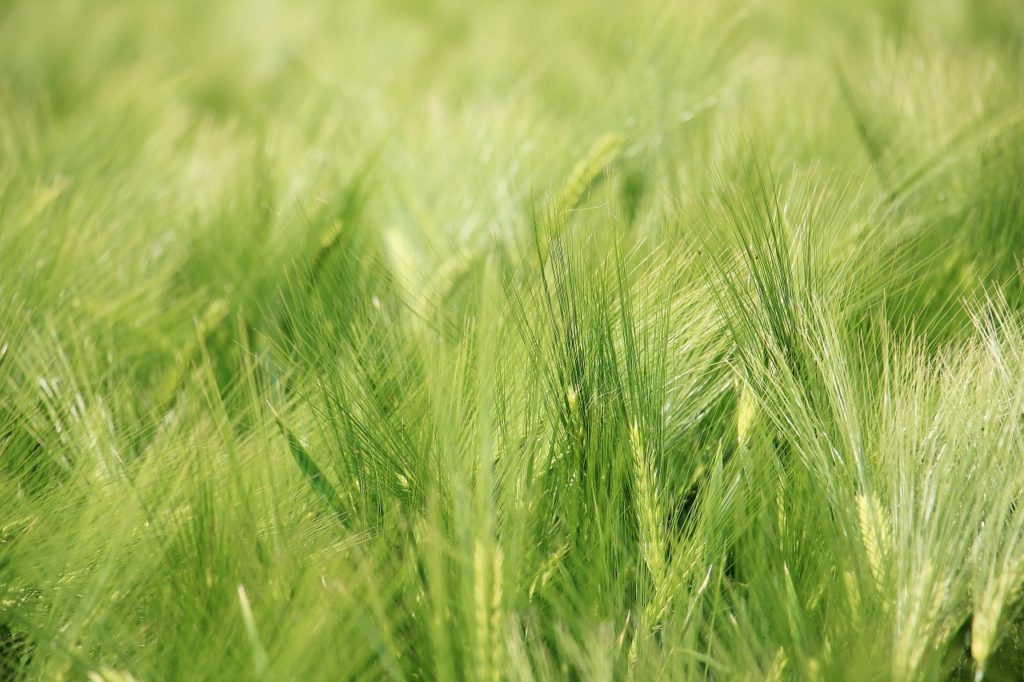
Has Covid-19 affected your work?
KB: I actually started my postdoc at the UofA from my kitchen bench!! I am mostly meeting people via Zoom, which is lucky because I almost always have pyjama pants on! While I have been able to be very productive working from home (I don’t have any small children to worry about) the social isolation creates a lot of stress. I was lucky enough to fit in some fieldwork at the end of 2020 which should tide me over for a few more months. I also hope to be able to get home and see my family in Australia within the next year, I miss them more than ever at the moment!
AA: Motherhood and Covid-19 have arrived at once so I wouldn’t know how Covid-19 has affected me but motherhood. When you become a mother, it is a year in which producing is done at a high price (physical, mental and emotional). Thanks to my mother’s help I’ve managed to keep publishing and pushing my research but sometimes it’s been really hard. I believe that women scientists who want to be mothers need greater protection so that maternity years are not penalized when it comes to getting scholarships or finding jobs. The first few years, or at least the first year, the time a woman must dedicate to the baby cannot be comparable to that of a man even if we are given the same amount of parental leave.
MI: While writing a research proposal I came to realise that I could not easily design a research project that could be carried out in another country, because of the Covid-19 travel restrictions. Covid-19 has also made within-country movements a challenge; one has to carefully think before planning to conduct a research in a rural area, for fear of carrying the disease there. Drawing up research budgets has also been impossible, as prices keep changing due to the economic disruption.
PR: I have been able to work remotely, so I did not experience a strong interruption in my research. In my institute, we try to keep in touch through informal virtual coffee breaks and weekly meetings. However, I miss the exchange of ideas I had with my supervisor and colleagues in the office. An aspect that I somehow underestimated before is the importance of keeping good mental health. The uncertainty of the situation and having family and friends seriously ill with the virus have taken a toll on my mental health and productivity.
LVE: Yes, like many across the world, my research, teaching and extension work has been greatly impacted. Let me be clear, that I am extremely grateful to be healthy and be employed. I have noticed that the requests for presentations, video and audio interviews have more than doubled, not to mention the additional paperwork. Remote teaching is an onerous time commitment that really limits the opportunities for feedback. I worry about my students well-being and learning experience. Mostly I miss the meaningful connections within my research team, as well as colleagues and industry partners.
What change do you hope to see in the future of agriculture and food systems?
KB: There needs to be a recognition of the intrinsic connection between plants and soil, and a more holistic management framework that accounts for both. Further, we (white folk) need to recognise how detrimental it is that Indigenous knowledge and motivations of local communities have historically been taken for granted by scientists with a lack of reciprocity in relationships. As agricultural researchers we need to deconstruct historical understanding of agricultural development that ignored native principles of land stewardship, and pledge to seek knowledge from- and develop research programs alongside- indigenous farmers and researchers that recognizes the primacy of native values if we are truly going to look after our productive lands.
AA: I would like to see local, seasonal and respectful production systems. I would like governments to manage markets to regulate global competition.
MI: I would like to see subsistence farming communities able to produce enough nutritious food to feed themselves adequately throughout the year. I would like to see them well-supported with things like good agricultural extension, farming inputs and with access to markets. I feel that while they struggle to feed so many of us, they themselves are left with little as they cannot properly balance household food and income needs.
PR: I would like to see a system of agricultural production that is sustainable in the long term. One that is resilient to future pressures and the impacts of climate change, that considers local knowledge and practices, and that is beneficial for farmers, consumers and the environment.
IC: I hope that future food production becomes environmentally and economically sustainable. I hope the general public becomes more aware of the numerous agroecosystem benefits provided by sustainable land management practices. Growers adopting agricultural practices which enhance agroecosystem resiliency and minimize environmental degradation will be financially compensated. These changes will contribute to developing healthy soils, providing safe and nutritious food to people, and increasing environmental quality.
LVE: I hope to see a time when the majority of consumers understand considerably more about agriculture and where food comes from. My dream would be an agri-food system where practices that enhance ecosystem services are valued and become the norm. With this knowledge, there could be great advances towards healthy soil, agroecosystems, and people.